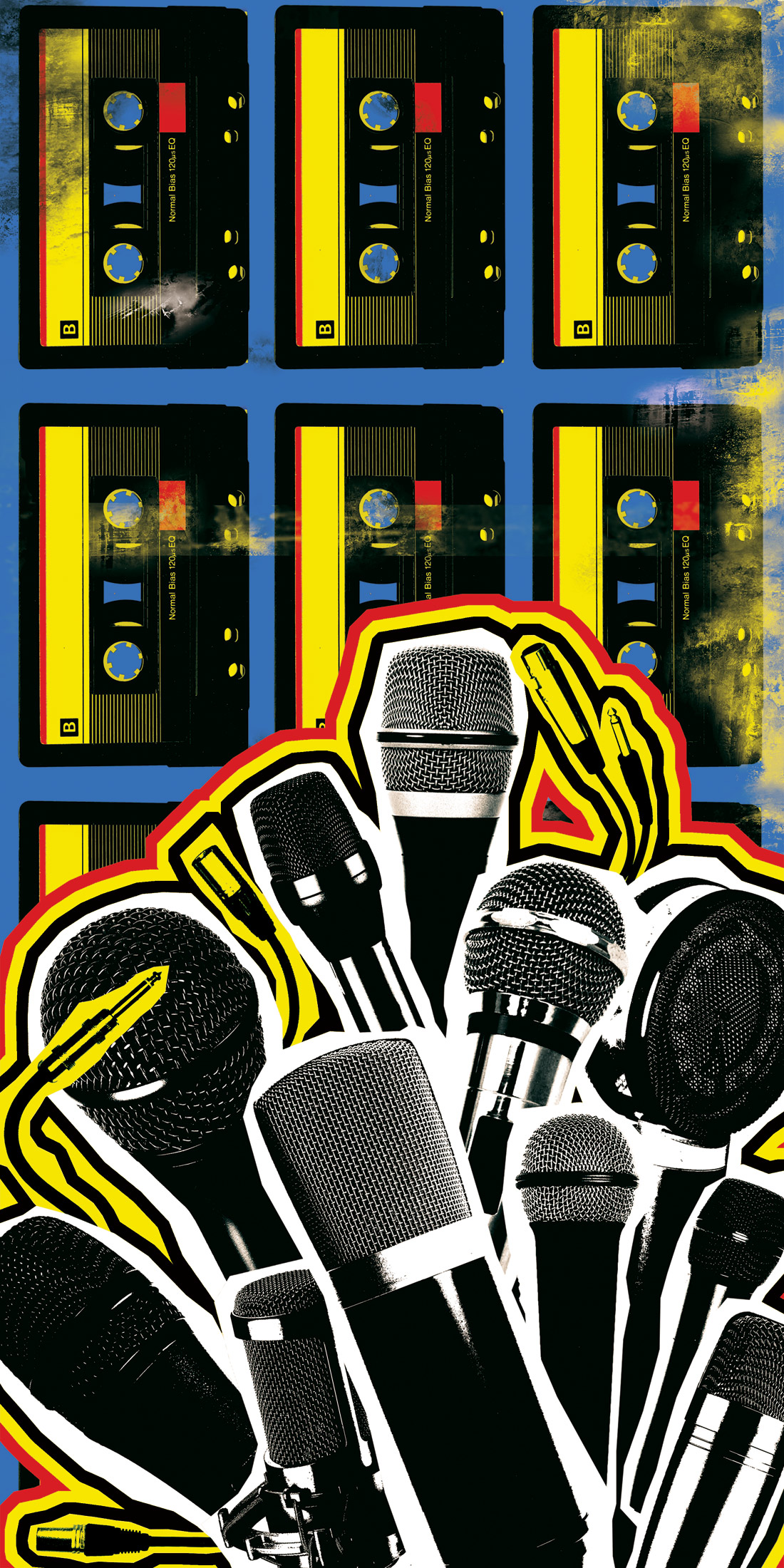With so many EQ plug-ins on the market, the question remains, what's different about PSP's brand-new bundle of four high-quality equalizers? Well, the models are inspired by not only the sound of analog classics, but also the functionality-namely musicality and simplicity. That translates into working faster, and time is money.
For each title, PSP used a piece of analog gear for basic inspiration, then added features and tweaked options. Some features include variable high-pass filters and switchable steepness for the shelving filters. There are also some changes to common PSP elements. First, FAT, the double internal sampling option, is now automatically turned on for sample rates below 50 kHz and disabled for higher rates (which makes sense, since the higher rate is already being used). Internal calculations are now at 64-bit double-precision floating-point, taking advantage of today's more powerful computing options. Each title has an option called SAT, which is PSP's second-generation saturation algorithm. To avoid potential bad clipping overloads, SAT is located after the output-level control, and its ceiling reference-level is set up below 0 dBFS. Finally, and this is so crazy you have to love it, the actual parameters (e.g., gain, frequency, Q) may differ from displayed values, because that's how analog equalizers are in the real world.
ClassicQ is based on early classic British equalizers. The interface reminds me of a piece from the newer dbx studio line, but with a champagne faceplate and knobs in primary colors. It comes with a very useful high-pass filter, low and high bands, and a sweepable bell-type mid band. This was my favorite of the bunch as I could almost never get a bad sound out of it. A Sim button engages Class A simulation mode, but without the heat of real Class A gear. PSP suggests ClassicQ as a great problem solver on individual tracks, and with the sweepable mid, this is true. However, I found that along with RetroQ, this was a good all-around choice on bus and full mixes too. If ClassicQ were a model of a real piece of hardware, I would be calling the manufacturer to place my order.
preQursor features the RAF-Blue background associated with many Neve consoles. However, preQursor's insides are built around PSP's proprietary filters with low-resonance peaks for reduced ringing artifacts, increased band separation, and narrow notching on negative gains. Thus, this is not a symmetrical EQ. Boosts are gentle, and cuts are sharper. All four filters are bell-type filters with progressive Q factors. Along with ConsoleQ, I found preQursor to be a problem solver for individual tracks. And while having SAT available was nice, I found myself boosting with HF or LF, and using the LMF and HMF for surgical cutting. Getting back to the "quick and simple to use" design philosophy, each band has a toggle for selecting preset frequencies. You either find the area you want to change, or you grab another plug-in.
ConsoleQ gives you the character of AMEK and other British consoles, but the precision of an SSL. Note that the midrange bell-type filters are implemented with gain following Q factors. This is a proportional Q design. (Gosh Larry, when am I going to finish that big EQ topology article your readers so much want to read?) This means Q factor of these filters gradually increases along with increases in boost or attenuation. Again, nine times out of ten, I had better results cutting with ConsoleQ, but boosts on snare and lead guitar proved to be moments when I added with this guy. Your use will vary, but I liked ConsoleQ on individual tracks rather than mixes or bus tracks.
RetroQ is an overall tone-shaping EQ with low and high shelves based upon PSP's hugely successful VintageWarmer. With many mastering engineers rackmounting reconditioned Neve filters or commissioning new Baxandall filters, this is a timely release. This is a great plug-in for gentle/smooth low, high, or general mid adjustments. In addition to mixes, I found that it's great for ducking music beds to make room for vocals-perfect for rap or voice-over production. You can also get cool results by setting the gain to zero but enabling saturation and using the main output knob.
Yes, there are a lot of EQ plug-ins out there. But sQUAD has good sound at a very affordable price. Add to it the fact that limited frequency selection narrows the world of "endless twiddling"-forcing you to pick a frequency and move on-just like many of our analog consoles. Considering you get four different EQs for one price, and considering the flexibility of the group, I wholeheartedly suggest readers try the free demo available from the PSP website. As for me, I would buy it just for ClassicQ. (Although the pack is brand new, I was a beta tester for three of the titles and had an extended period of time to use them on a wide range of projects.) ($199 introductory price, $249 MSRP; www.pspaudioware.com)
Tape Op is a bi-monthly magazine devoted to the art of record making.




_disp_horizontal_bw.jpg)